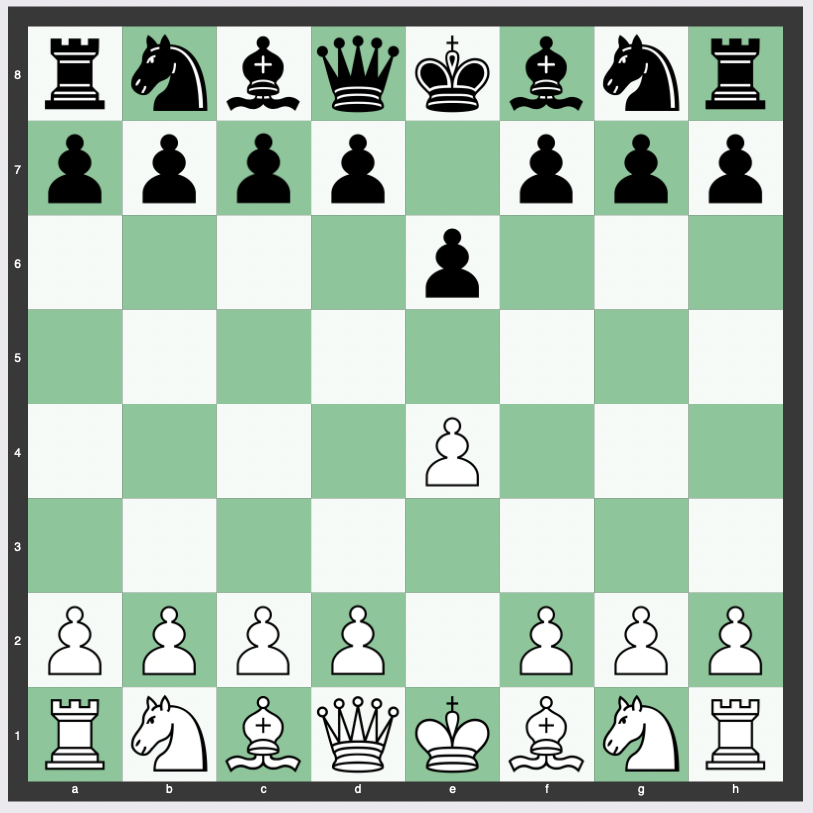 Notre-Dame de Paris in August 2016. Photo: Andre Harding
Notre-Dame de Paris in August 2016. Photo: Andre Harding
In Part 1, we looked at French Defense lines where black exchanges pawns on e4.
Now we’ll start looking at the most common center type in the French: white plays e4-e5. In this post we’ll look at the Winawer and Classical Variations.
The next post will feature the MacCutcheon and the Tarrasch.
White locks the center with e4-e5; Winawer and Classical
There are several important lines where this can happen. In all of them, the main idea is the same: Black wants to attack white’s d4-pawn, starting with the pawn advance …c7-c5!
(a) Winawer Variation 3.Nc3 Bb4
The Winawer is the most dynamic system in the French Defense. It starts as follows:
Now black tries to break down the white center, while white accepts weak queenside pawns in order to get black’s strong bishop. Typically, white attacks on the kingside, and black goes for counterplay in the center and on the queenside. An important example:
This is the Winawer Poisoned Pawn Variation. Both sides face danger! In other versions of the Winawer, black castles kingside while he still can and creates counterplay on the queenside and in the center, while white goes for mate.
A classic example of Winawer chaos comes from the first game of the 1960 World Championship match:
Or the famous duel between Fischer and Tal later that year:
I have never played the Winawer as black in a tournament game…too crazy for me! The next possibilities occurred in plenty of my games, however.
(b) Classical Variation with 3.Nc3 Nf6 4.e5 Nfd7
This is another double-edged variation, but play is not as “fast” as in the Winawer. Still, attacks can appear suddenly:
Games in this line often become positional struggles where black’s “problem” bishop on the light squares is a long-term factor:
(c) Classical Variation with 3.Nc3 Nf6 4.Bg5 Be7 5.e5 Nfd7 6.Bxe7 Qxe7
Both sides have attacking chances here as well, but too much enthusiasm can backfire, as here:
White can also play more aggressively, and offer a dangerous gambit.
(d) Alekhine-Chatard Attack: 3.Nc3 Nf6 4.Bg5 Be7 5.e5 Nfd7 6.h4
Black can take a pawn but needs to be careful, as shown by games like the following:
With care, black has chances as well.
Let’s stop here. Next time, we’ll see examples of the MacCutcheon and Tarrasch Variations.
